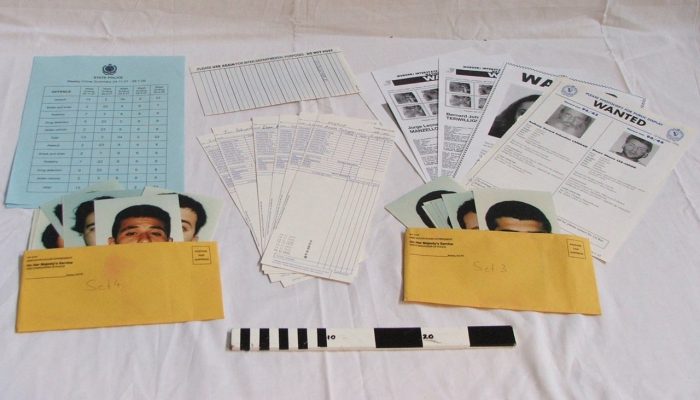5 Common Police Paperwork Mistakes in Domestic Cases

In the delicate domain of domestic violence and abuse, law enforcement professionals play a crucial role in protecting victims, documenting evidence, and ensuring justice is served. Yet, even the most seasoned officers can make mistakes that can compromise the integrity of a case or delay justice for those in need. Here, we delve into 5 common police paperwork mistakes in domestic cases and how these errors can affect both the officer and the victim.
1. Incomplete or Inaccurate Incident Reports

An incident report is the foundation of any criminal investigation, particularly in domestic violence cases. Mistakes can include:
- Omitting critical details about the incident or the parties involved.
- Providing incorrect information or misspelling names and addresses.
- Not recording the time and date of the incident accurately.
⚠️ Note: Incomplete or inaccurate reports can lead to evidentiary challenges during court proceedings, potentially resulting in case dismissals.
2. Misclassification of Offenses

Properly categorizing the severity of a domestic incident is crucial. Common errors in this area include:
- Downgrading the severity of the offense from felony to misdemeanor.
- Misclassifying the nature of the incident, which can affect legal remedies and victim support services.
⚠️ Note: Misclassification can drastically alter the trajectory of a case, affecting bail, sentencing, and the victim’s access to support resources.
3. Lack of Detail in Witness Statements

The power of witness statements cannot be understated in domestic violence cases, yet officers often:
- Fail to obtain statements from all potential witnesses present during the incident.
- Do not properly document what each witness observed or heard.
- Neglect to follow up for more detailed information when needed.
📝 Note: Comprehensive witness statements can bolster a victim’s case, providing corroboration and a clearer picture of the events for legal teams and courts.
4. Neglecting Victim Impact Statements

Victim impact statements are vital for understanding the personal ramifications of domestic violence. Errors include:
- Not allowing victims to provide their own statements.
- Inadequately documenting the emotional, physical, and psychological impact on the victim.
📋 Note: These statements often influence sentencing and can play a significant role in obtaining protective orders or restraining orders for victims.
5. Failure to Document Officer Observations

Police officers are the first responders on the scene, and their observations are critical. Mistakes often involve:
- Not documenting visible injuries or the condition of the scene.
- Failing to record the demeanor of the involved parties, which can shed light on the veracity of claims made by both the victim and the accused.
🔎 Note: Accurate observations can help establish the context of the incident and provide essential evidence in court.
In sum, these common paperwork mistakes in domestic violence cases can have far-reaching consequences. They can undermine the investigation, weaken the case in court, and leave victims feeling unsupported. To prevent these errors, law enforcement should adopt rigorous training protocols, double-check documents for accuracy, and prioritize the thorough documentation of all aspects of the case, from the incident report to witness statements and victim impact.
How can police officers avoid making mistakes in domestic cases?

+
Officers can avoid mistakes by taking detailed notes at the scene, following up with all parties involved, undergoing regular training, and having a system for reviewing and correcting errors before finalizing paperwork.
What can a victim do if they notice inaccuracies in police documentation?

+
Victims should speak to the investigating officer immediately to rectify the inaccuracies. If the matter is not resolved, they can contact higher authorities or the legal department of their local police department.
Are there any tools or resources that can help in avoiding paperwork mistakes?

+
Yes, there are several. Digital reporting systems can help with data entry and validation, training videos on best practices, checklists for common domestic violence paperwork, and peer-review systems can all contribute to reducing errors.



